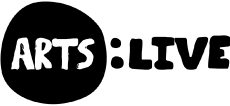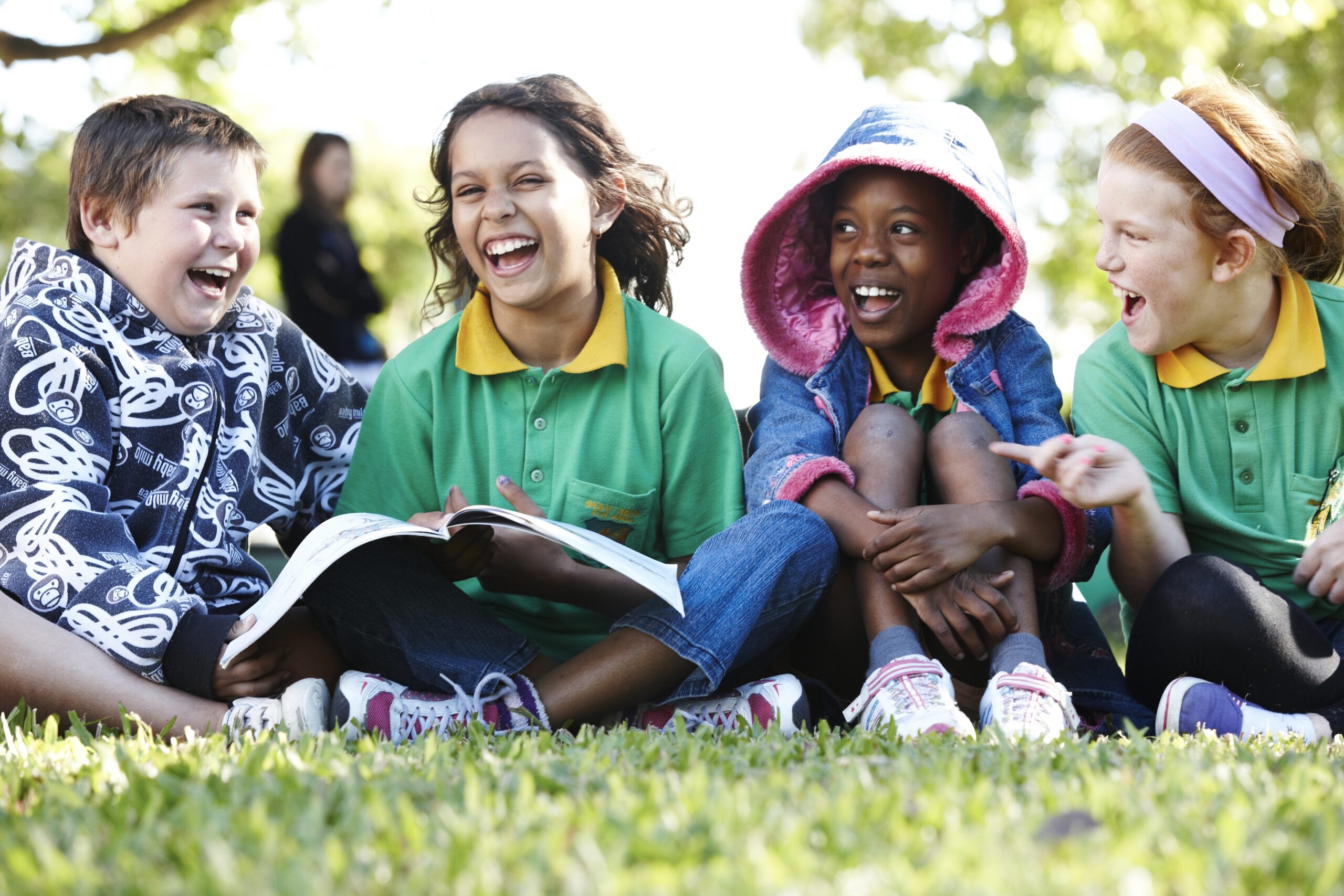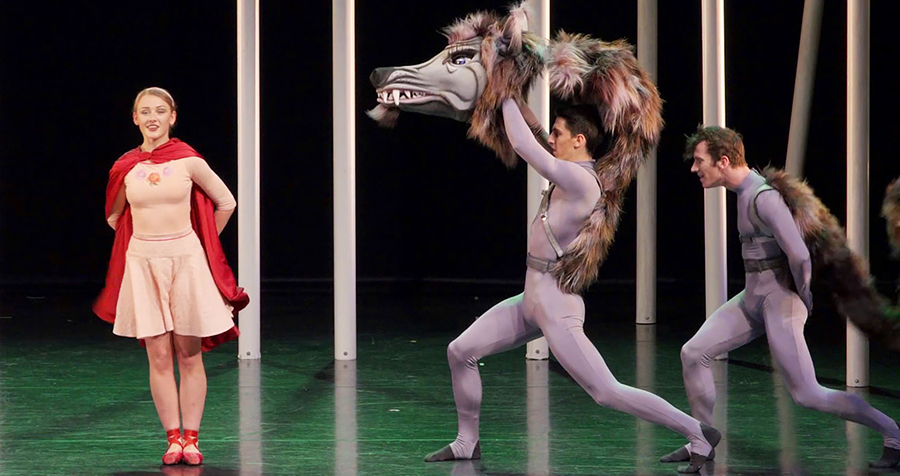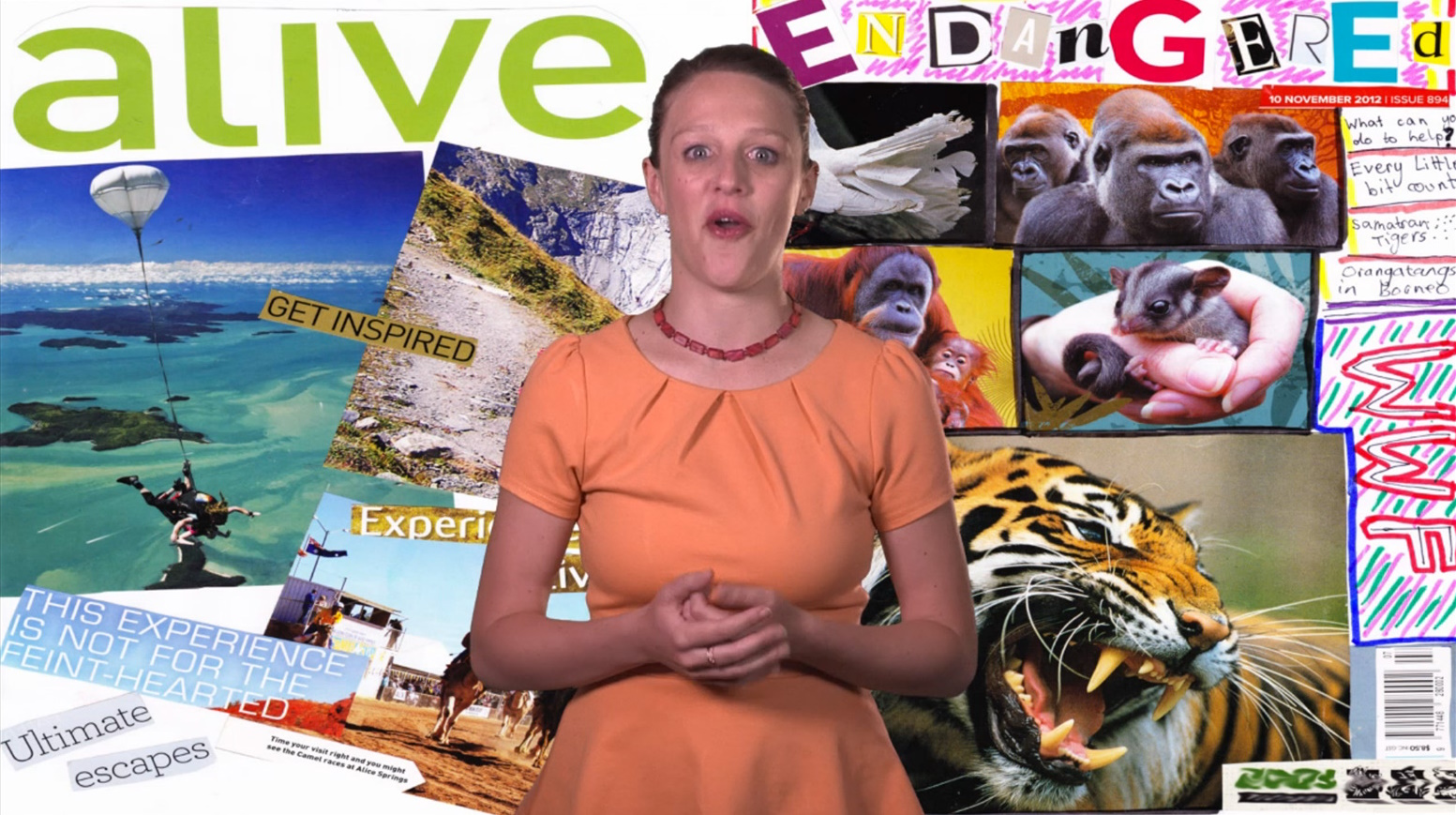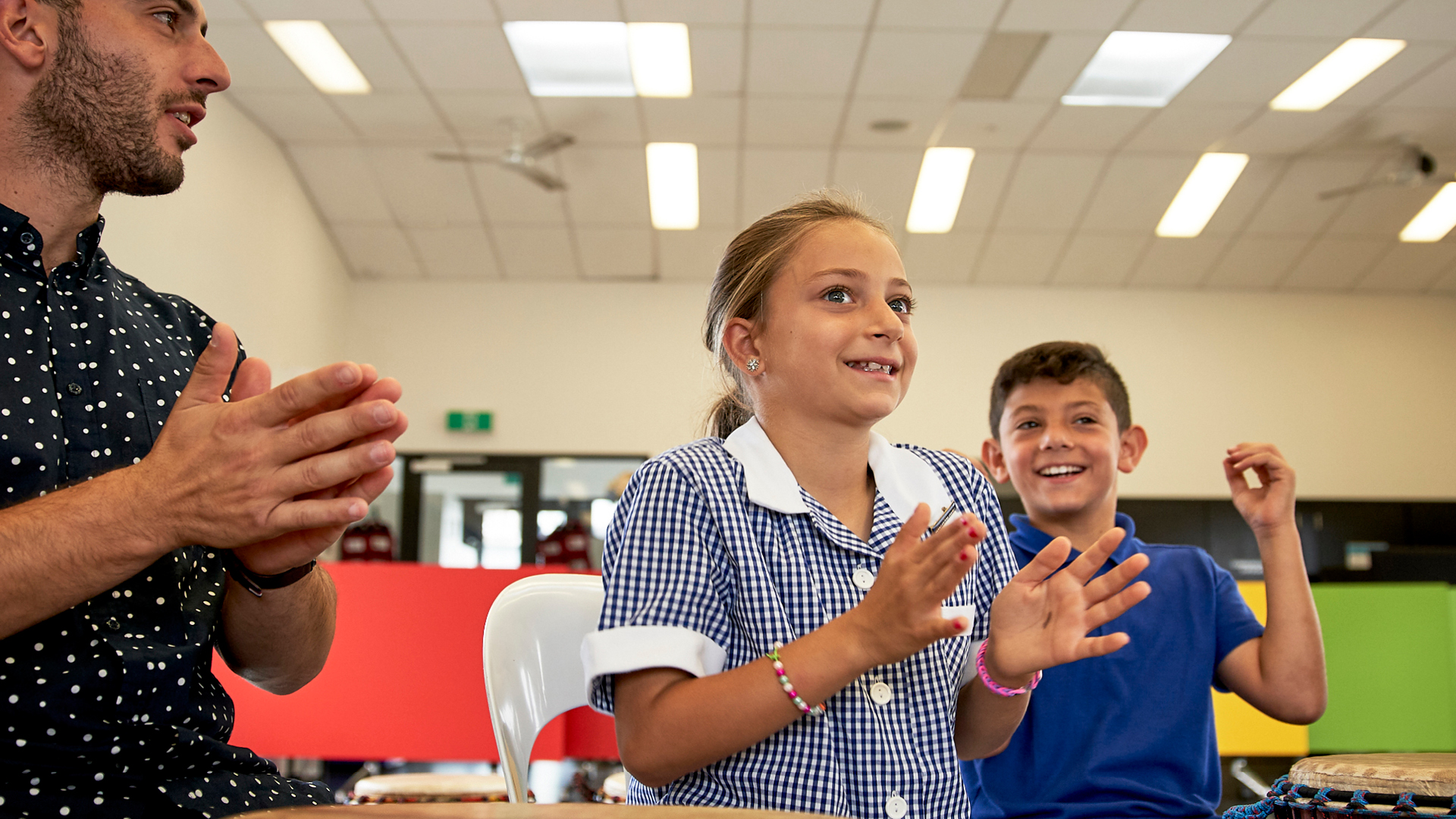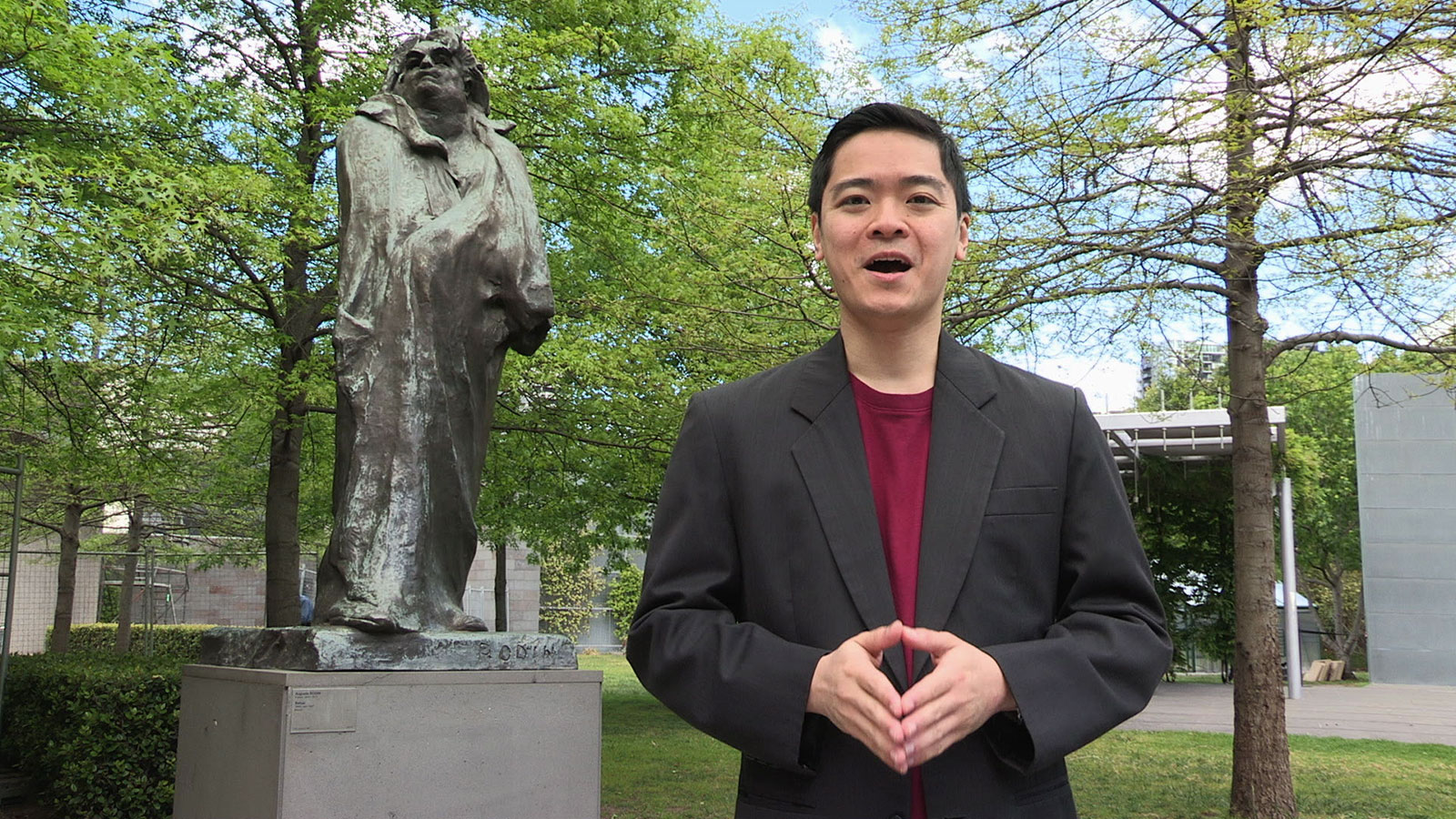National Literacy and Numeracy Week nearly upon us! With the arts linked to “higher performance in literacy, numeracy and science,” now is a great time to explore ARTS:LIVE‘s resources for teachers.1 On ARTS:LIVE, you will find a range of activities to develop your students’ literacy and numeracy skills through arts learning.
ARTS:LIVE resources provide rich lesson ideas that authentically link literacy, numeracy and the arts. Deliver curriculum-aligned lessons in Visual Arts, Drama, Music, Media Arts and Dance that explore reading, writing, and numeracy in engaging and meaningful ways. Plus, arts learning provides students with opportunities to create, analyse, communicate, problem solve, reflect and collaborate together.
Save time searching for creative ways to teach literacy and numeracy skills. ARTS:LIVE has an abundance of lessons suitable for all primary school levels. Fun and easy-to-use activities can be used as stand-alone lessons, or work into your existing plans to bring National Literacy and Numeracy Week alive.
Here are four courses to get you started…
Fairy Tale Dance


Engage in rich literacy activities by exploring a new interpretation of the classic fairy tale, ‘Little Red Riding Hood’ by Queensland Ballet.
Design a Magazine Cover
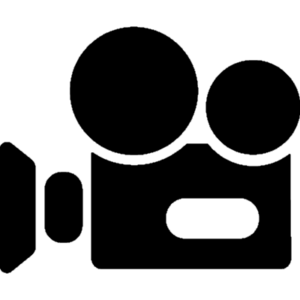 Media Arts Years Foundation – 6
Media Arts Years Foundation – 6
Incorporate critical literacy skills through analysing and discussing contemporary media, then plan out and design your very own magazine cover.
Introducing Rhythm and Beat

Explore patterns, counting, and times tables through two of the most fundamental building blocks of music – rhythm and beat.
Portray Yourself

Investigate mathematical concepts like scale and proportion while learning about the relationship between subject, artist and audience through portraiture.
- Guhn, M., Emerson, S. D., & Gouzouasis, P. (2020). A population-level analysis of associations between school music participation and academic achievement. Journal of Educational Psychology, 112(2), 308–328. https://doi.org/10.1037/edu0000376
